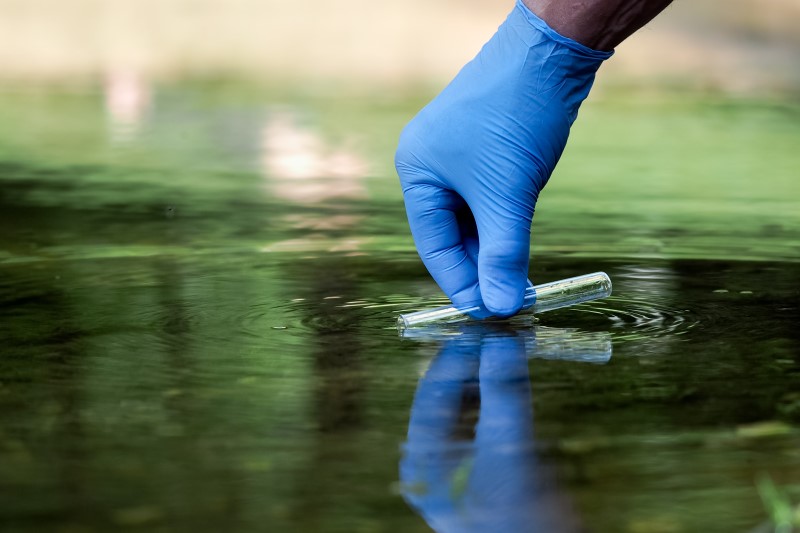Study reveals presence of 'forever chemicals' in New Mexico water sources, prompting EPA action
ALBUQUERQUE, N.M. (AP) — So-called forever chemicals have been found in water sources across New Mexico, according to recent studies by the U.S. Geological Survey and state environment officials.
The federal agency detailed the findings Wednesday, the same day the U.S. Environmental Protection Agency announced its first-ever limits for several common types of PFAS, or perfluoroalkyl and polyfluoroalkyl substances.
Used in everyday products from nonstick pans and firefighting foam to waterproof clothing, PFAS have been linked to cancer and other health problems in humans. They are known as forever chemicals because they don’t degrade in the environment and remain in the bloodstream.
The research in New Mexico detected PFAS in all major rivers in the arid state, with the highest concentrations downstream of urban areas.
USGS researchers looked more closely at water quality in the Rio Grande as it flows through Albuquerque, New Mexico’s largest city, and found PFAS levels downstream that were about 10 times higher than at upstream locations.
Dozens of samples also were taken from groundwater wells and surface water sites as part of an initial statewide survey between August 2020 and October 2021, with officials saying the majority of wells sampled did not turn up PFAS. The work began after contamination was discovered at military installations.
Andy Jochems of the Environment Department’s water protection team said the latest findings will be helpful as regulators make decisions about protecting drinking water resources in the future.
Kimberly Beisner, a USGS hydrologist and lead author of the studies, said the work highlights the complex nature of chemicals in urban areas and their effects on river systems. She noted that concentrations near cities are constantly changing due to wastewater discharges and stormwater runoff, for example.
The utility that serves the Albuquerque area has not seen any PFAS concentrations in the drinking water system approaching the EPA limits, so officials said Wednesday they aren’t anticipating that the new regulations will require any action other than continued monitoring and reporting.
As for contaminants from Albuquerque going into the Rio Grande, utility spokesman David Morris said it’s possible that at some point there may need to be enhancements at the city’s sewage treatment plant.
Related News
From Archive

- DeLa Express seeks FERC approval for Permian-to-Louisiana gas pipeline project
- OSHA penalizes Houston contractor over safety violations resulting in worker's death
- Fiber infrastructure has no known expiration date, Fiber Broadband Association research concludes
- Nevada OSHA fines Elon Musk's Boring Company over safety violations in Vegas tunnel project
- Damage prevention and safety: Turning awareness into action
- Ditch Witch 1030
- Michigan lawmakers introduce bills to create septic codes throughout the state
- Indiana American Water to gain 8,000 water customers with Silver Creek Water acquisition
- Arkansas governor allocates $42 million for water infrastructure projects
- Federal judge finds Flint, Mich, in contempt over lead water pipe crisis




Comments